Disclosure: Meeple Mountain received a free copy of this product in exchange for an honest, unbiased review. This review is not intended to be an endorsement.
Here at Meeple Mountain, we’re always on the lookout for light card games. Much as we might like our heavy table-hogging strategy games, there’s something about smaller titles that make the most of their low card count that appeals to us. Bonus points if they’re eye-catching and accessible enough to draw in casual gamers. Sky Towers, designed by Charles Ward of Japan’s Ex1st Games, ticks all these boxes….but is that enough for us to recommend it?
Once I Built a Tower
In a game of Sky Towers, each player will be building a series of towers using numbered cards ranging from 1 to 10. A player can only have 1 tower at a time (or 2 in a 2-player game). Each tower is completed when the total of the numbered cards in that tower reaches exactly 21. Scored towers are set aside until the end of the game. After the final round of play, each player will look through their completed towers and count the number of yellow kites therein. The player with the most yellow kites wins the game.
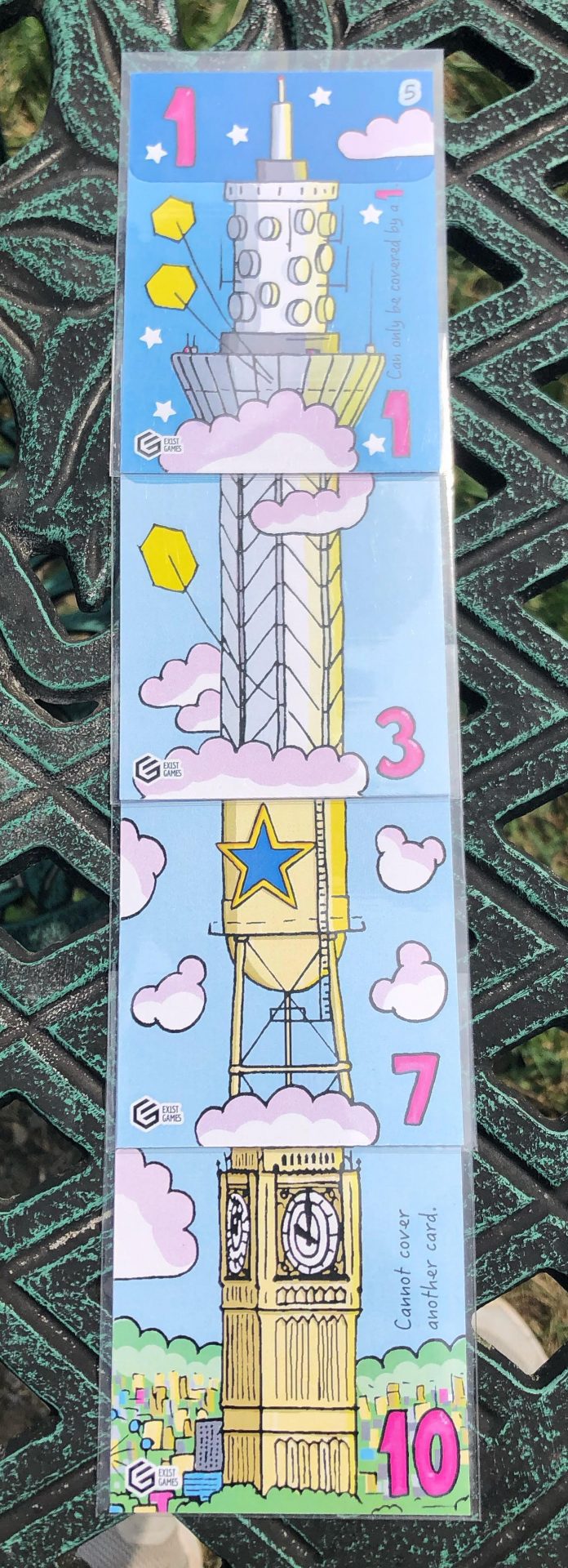
On a player’s turn, they may take any 2 actions of their choice in any order (including choosing the same action twice). There are only 3 actions: Draw a card from the deck into their hand, Play a card from hand onto the topmost card of their tower, or Return all the cards in their tower back to their hand.
While Draw and Return are self-explanatory, the Play action requires a little clarification. A player can only play a card to their tower as long as it would not take the total value of the tower over 21. Players also cannot play a card to their tower if the card’s value matches one of the towers to their left and right. In other words, you can’t play a card that matches the card on top of your neighbor’s tower.
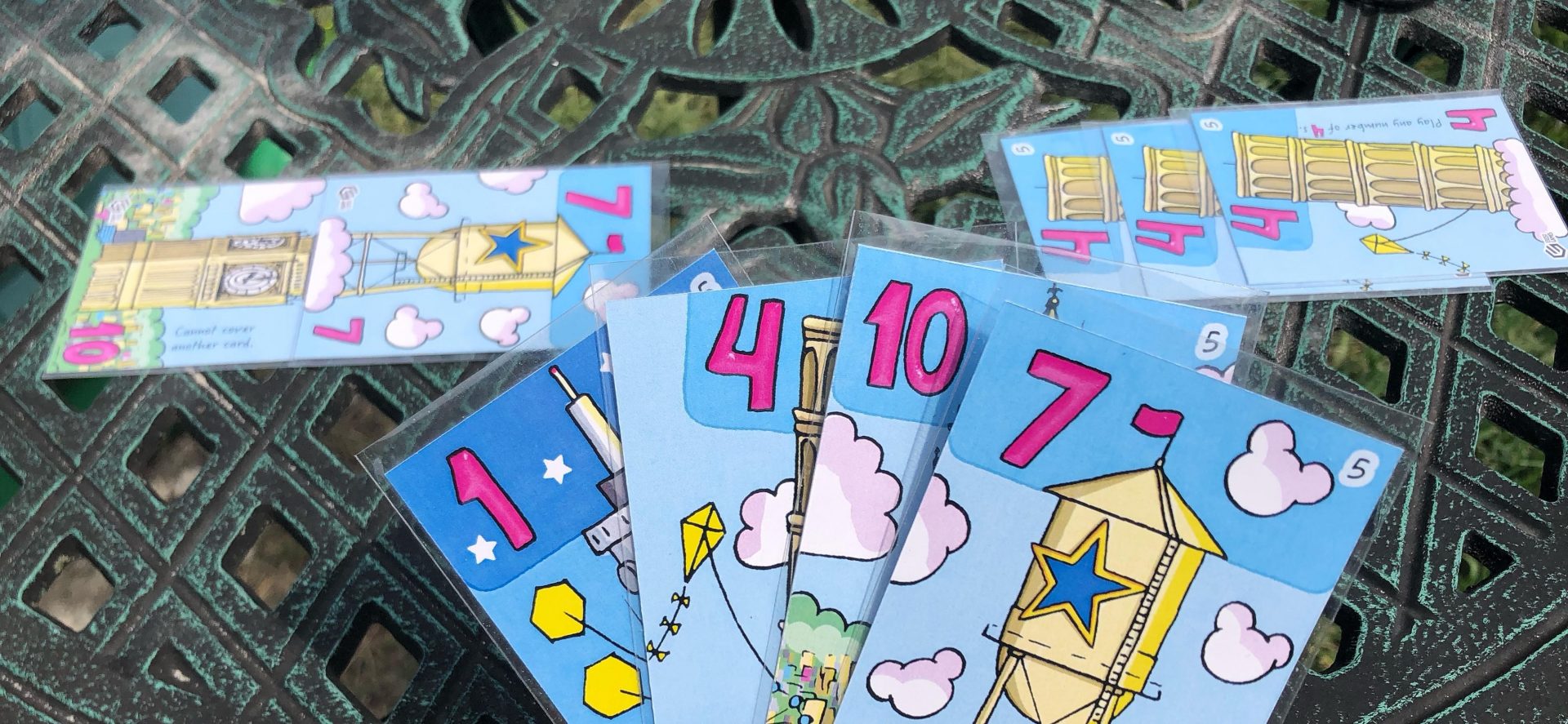
A few of the numbered cards feature special abilities or restrictions to spice up the gameplay. For example, a 10 can only be played as the first card in a tower, serving as a sturdy base. Conversely, only a 1 can be played on another 1: great for finishing a tower but not too useful until you’re near that point. There’s a little bit of interaction in some of the cards as well, such as the 6s which let players potentially steal a card from an opponent’s hand. Perhaps the most daunting are the 5s: whenever a 5 is played, all players must discard down to 5 cards in hand, placing their chosen discards back on the draw pile.
The yellow kites ― the actual points that players earn for completing towers ― aren’t evenly distributed either. Cards with a value of 6 or less are worth a kite; the numbered 1s are the only cards worth 2 kites. This means that players need to get a good mix of large numbers (which help them reach 21 quickly to complete the tower) as well as smaller numbers (which are worth more points).
Alternatively, they could focus on the 4 bonus scoring cards available during a game. Each of these cards is claimed when a player completes a tower that fulfills the card’s condition. These are worth a big handful of points but require significant work to achieve, like completing a tower consisting solely of 7s or a tower built with 6-5-4-3-2-1 in that order. It’s surprisingly difficult to hit these targets and a player who waits around for the perfect hand to grab these will often sacrifice their opportunities to complete towers more frequently. To make matters worse, the bonus card can be stolen by a player who completes the same condition ― it doesn’t happen often but it’s a big swing when it does.
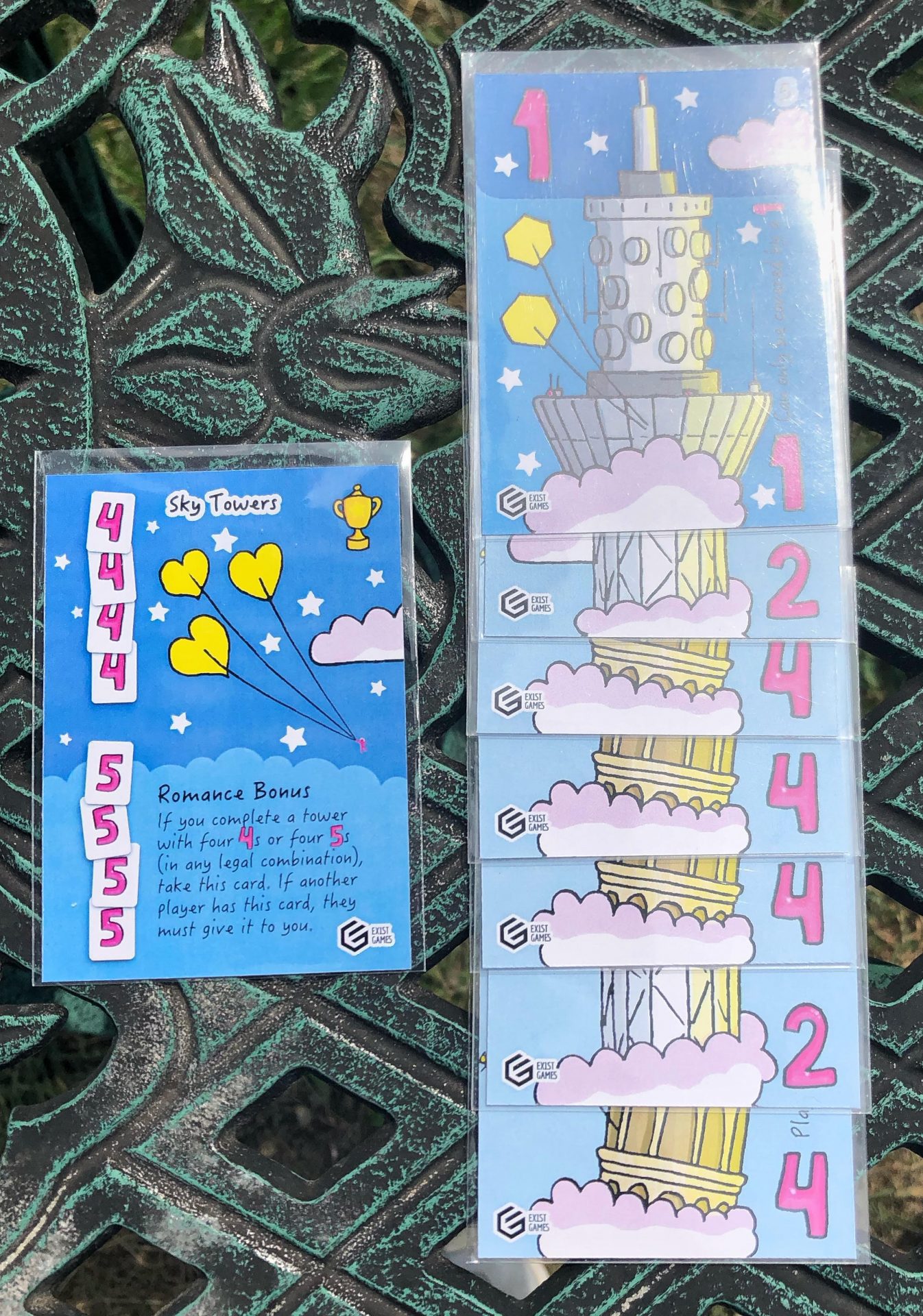
The game ends once the deck contains no more cards. Each player, including the player who drew the final card in the deck, gets a final turn with 3 actions instead of 2. Then scores are counted and victory claimed by the most skilled builder!
Up to the Sun
Sky Towers is phenomenally simple to explain, which makes it absolutely perfect for family gatherings and younger gamers. Even kids who haven’t mastered reading yet will probably be able to remember the small number of special abilities, provided they can add written numbers with a little help. The blackjack-esque counting will feel familiar to many adults, getting them into the game with minimum overhead. Much like the other tower-building games found in our Board Game Step Ladder article on Skyscrapers, there’s something innately appealing and resonant about the theme. And it’s pretty cute to boot, full of pastel colors and charming tower illustrations.

While it’s definitely on the lighter side, Sky Towers still has enough strategy and interaction to hold players’ interest through its breezy 20-minute runtime. You can do fine by just playing the best cards in your hand at any given moment, but if you’re willing to put in a little effort you can find those high-value plays: stealing a bonus scoring card at the last moment or intentionally blocking your opponents from playing the number they need. There’s a good reason why Sky Towers won awards in Boardgamegeek’s 54-card contest in 2021, netting 2nd-place accolades for Artwork, Cards-Only, and Overall categories as well as 1st-place in the 2-player category.
Sky Towers also comes with 2 different solo modes: the Light Solitaire mode (designed by Koyomi Kawasumi rather than Charles Ward) in which the player attempts to beat their high score without any interference and the Taroma Solitaire mode in which the player attempts to defeat an AI. While both of these variants are solidly designed and enjoyable puzzles, I feel like Sky Towers is at its best with a human opponent. There just isn’t quite enough depth to the core gameplay for me to recommend picking it up strictly for solo play, though it’s a great option to have when you just want something light and relaxing.
“Light and relaxing” is, in fact, how I would describe Sky Towers on the whole. It’s so accessible and pleasant that I can’t help but enjoy it. It’s the kind of game that you can play while chatting with loved ones without feeling like you were missing out on either the game or the conversation. I’d gladly put this alongside any of the titles listed in our Top 6 Alternatives to Uno as it hits a lot of the same notes. From what I understand, an expanded version of the game (adding cards for a 4th player, some player aids, and additional bonus scoring cards) will be seeing a print run sometime in 2022. In the meantime, EX1ST Games offers the 54-card game as a free print-and-play available directly from their website, letting you get started with Sky Towers today!


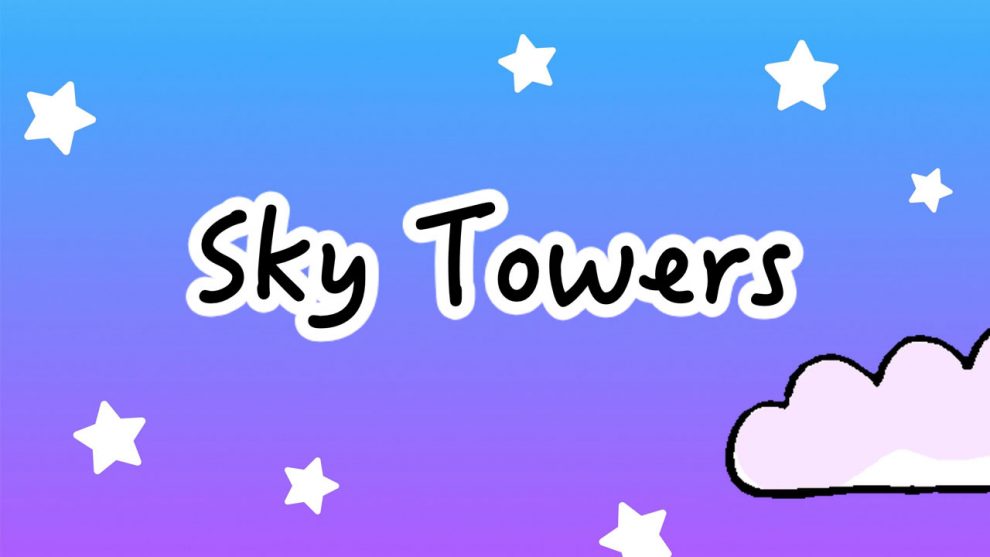


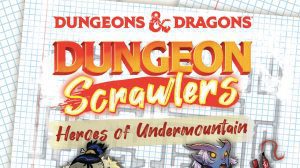





Add Comment